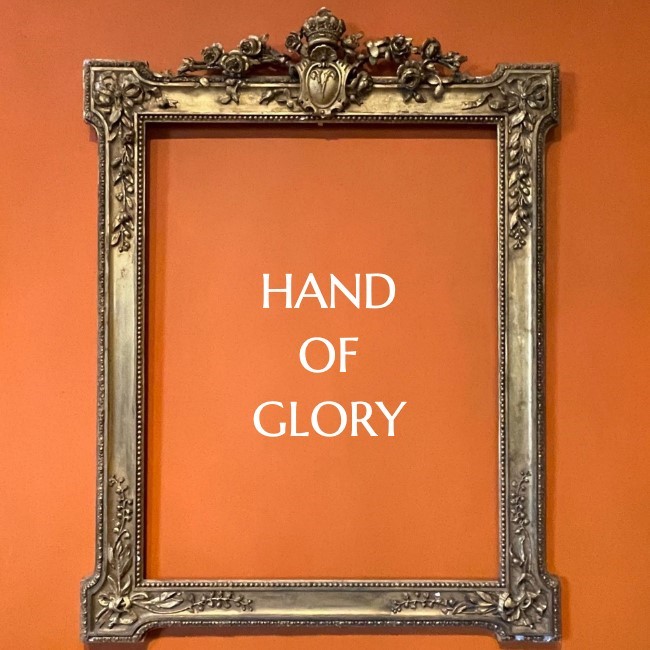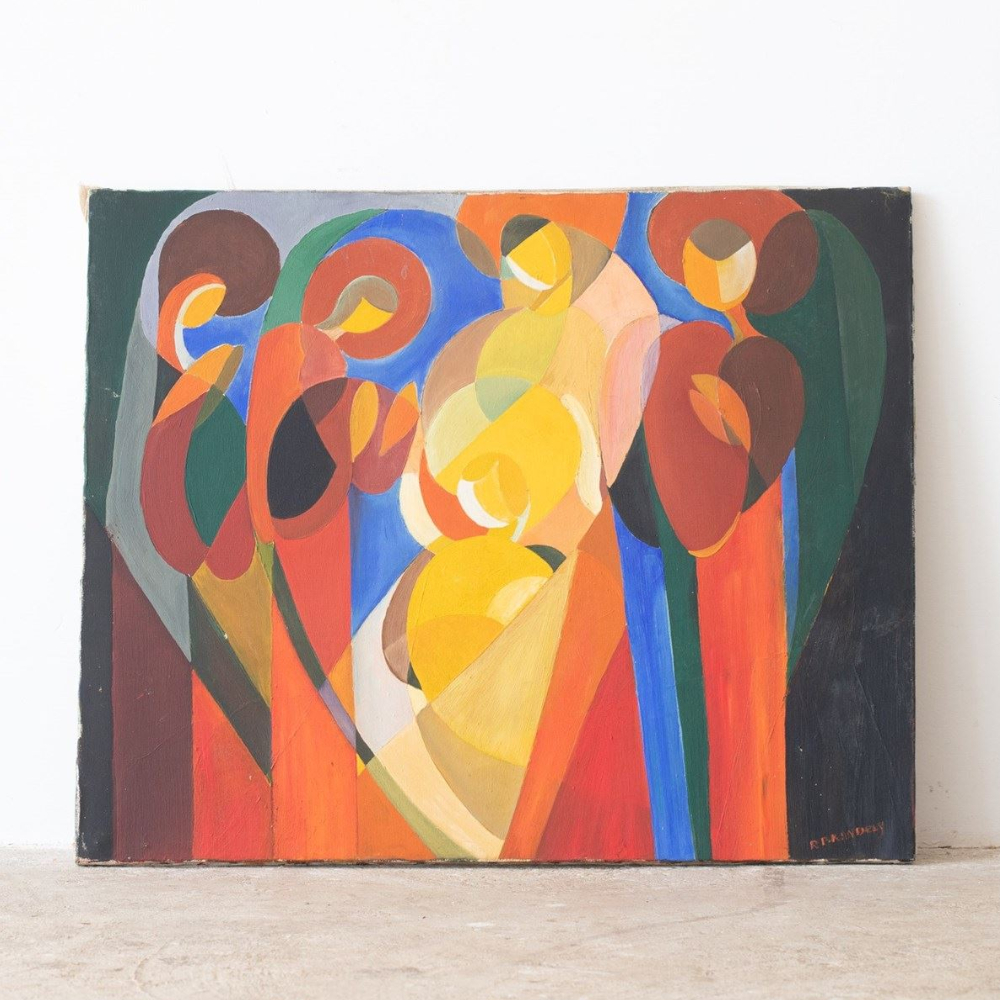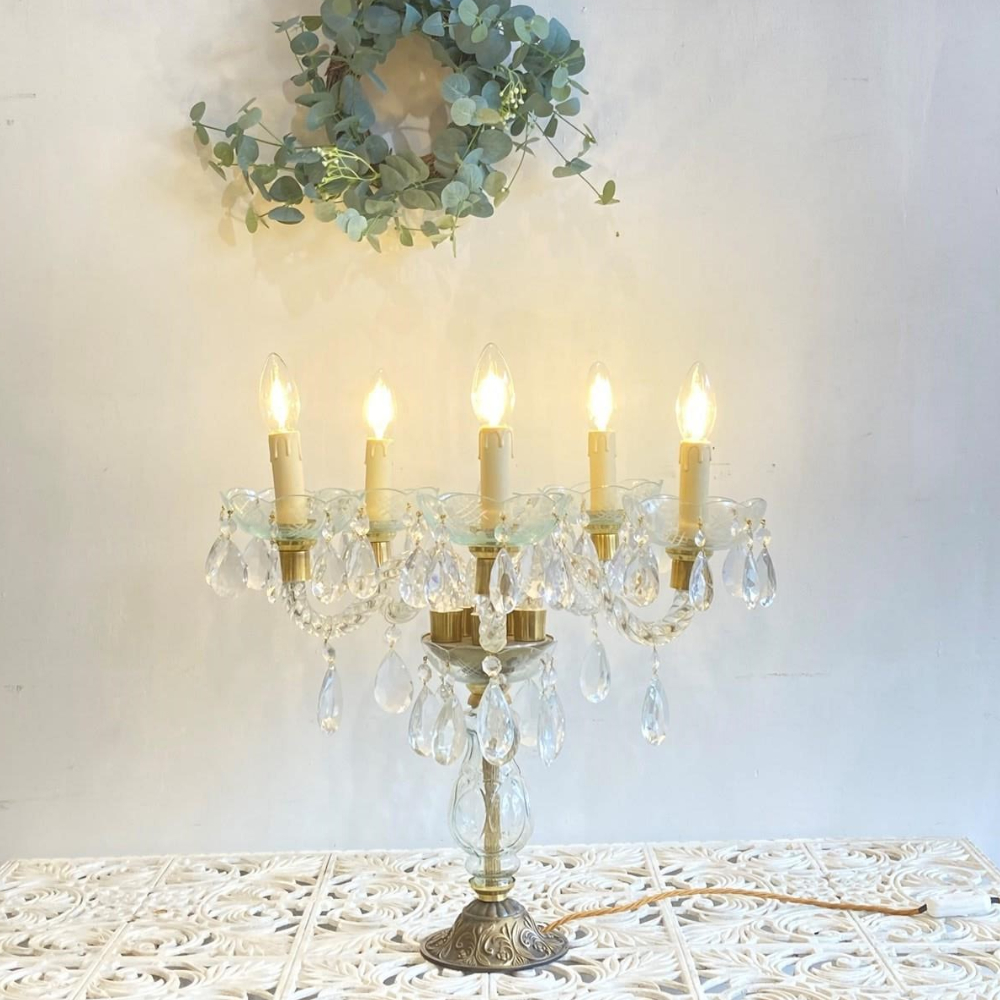-21-7-22-crop-v2.jpg)
Before the mechanical clock was invented the sundial was an important way of telling the time, but today you are more likely to see them being used as garden ornaments than as a timepiece. If you're thinking about getting a stone sundial for your garden but you'd like to know how to use it before you invest in one, then read on to find out more.
What is a garden sundial?
Many of the sundials you see in gardens today are purely decorative, and probably came from the local garden centre. However, if you are lucky enough to find one that was made hundreds of years ago, then you can count yourself as having a piece of history.
It was the Egyptians that came up with the first sundial in 1500 BCE. Their shadow clock used the changing position of the sun to indicate the time of day. Later, the Greeks and Romans made iterations of the same thing, and over time the sundial evolved.
The sundial you know today with the gnomon (the part that casts the shadow) angled to match the polar axis of the earth was invented by the medieval Muslim community.
In the early 14th century mechanical clocks took over, but sundials are still an important feature in the daily lives of enthusiasts who make stone sundials for us all to enjoy.
How does a sundial work?
Sundials use the changing shadow that is cast by the sun as it progressively moves across the sky during the day. Of course, we know it's not the sun moving, it's the earth rotating on its axis, which is an important point that we'll come back to later.
There are two main parts to a sundial:
-
the gnomon – the part that stands up off the face of the sundial
-
the dial face – usually divided into equal parts to mark each hour
As the sun moves position throughout the day, the shadow cast by the gnomon also changes. Its slow progression around the dial shows the movement of time (roughly one degree every four minutes).
Which way should a sundial point?
If you live in the northern hemisphere, then your garden sundial should point towards the north, and if you live in the southern hemisphere it should be pointing southwards.
You can try to locate north using the stars, but it's much easier just to use a compass.
When you set up your sundial check to make sure that the shadow cast by the sunlight lines up with the markings on the dial. Use the outer edge (the straight part) of the shadow to read your sundial.
Does it matter where you put a sundial?
If you want to use your sundial as a timepiece, then it needs to be in direct sunlight all day. One of the biggest drawbacks of the sundial is that it doesn't work without the sun, so on a cloudy day, or after sunset, you'll have to revert to your own digital clock!
Lots of stone and brass sundials come fixed to a plinth, and that's because your sundial needs to be laid flat and facing upwards for it to work. The great thing about a sundial having its own plinth is that you can stand it in the best place to capture the sun.
How accurate are sundials at telling the time?
The earth's rotation is what causes the sun to appear like it's moving through the sky, and, of course, the earth moves on an axis which is at an angle. For your sundial to be accurate, the gnomon has to be parallel to the earth's axis, but this differs depending on where you are in the world.
At the north pole, the gnomon would have to be at a 90 degree angle, but on the equator this would be zero degrees. In short, if you've bought a sundial that isn't made for where you live, you will find it's either too fast or too slow.
You'll also need to adjust your reading to take account of daylight saving hours during British Summer Time (between April and October). Remember to add an hour to whatever time is showing on your garden sundial over this period.
What are the different types of sundial?
When you think of a sundial, you probably imagine the kind with a horizontal or vertical dial, but perhaps the most impressive-looking (and often overlooked) is the equatorial dial.
With this type of sundial, the dial plate is fixed on the same plane as the equator – what you might recognise as an armillary sphere. An armillary is a framework of rings with a rod that passes through the middle parallel to the earth's axis.
It works in the same way as any other sundial, but the shadow moves across the circular dial plate that is usually marked with hour lines at 15 degree intervals.
Garden sundials as ornaments
Not so long ago sundials were still being used to reset mechanical clocks, but it's their inherent charm that makes them popular with collectors and dealers today. They represent a long history of scientific developments across the world, and who wouldn't want to add that value to their outdoor space.
There are so many more sophisticated ways of telling the time now, but far from being relegated to the museum, the sundial continues to be a feature in many people's gardens.
If you like garden antiques, you might also enjoy reading our blog on buying vintage garden ornaments.




